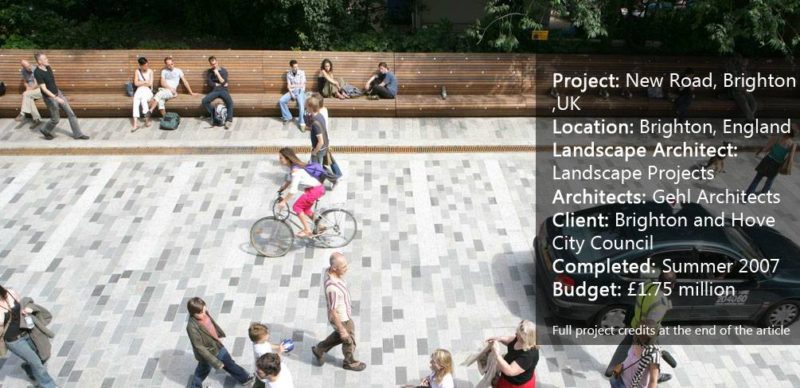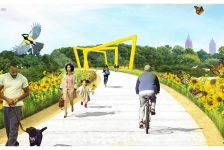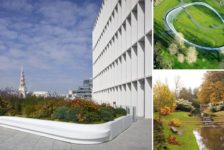New Road by Landscape Projects and Gehl Architects, Brighton, England. For all you landscape architects out there who don’t think site analysis and local context are a crucial first step in designing, this project is about to prove you wrong. New Road is a perfect example of how a landscape architect should assess a site and its surroundings. When Landscape Projects and Gehl Architects were commissioned by the Brighton and Hove City Council, pedestrian and user experience areas within the city were suffering from contained access. As a result, they were relatively inaccessible and ignored, with other areas drowning in traffic congestion. What they called the Public Space/Public Life Survey analyzed the urban structure, movement patterns, and open-air activities, both in the winter and the summer, to provide advice on improvement projects in the public realm.
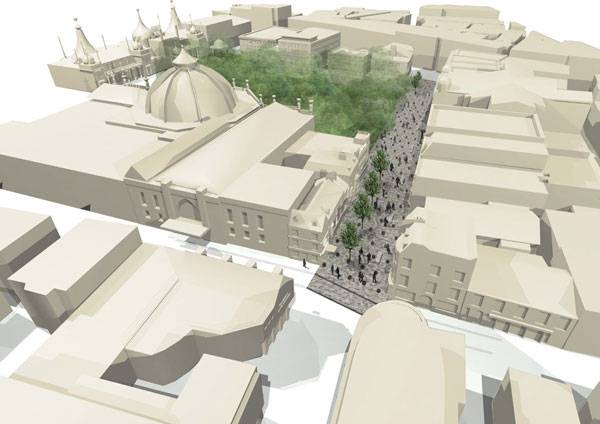
New Road, Brighton, design by Gehl Architects. © Gehl Architects
New Road, Brighton, design by Gehl Architects
Gehl Architects said this about the study: “How people use spaces helps us design places. Our first step is always to understand the local context as a basis for finding solutions. In Brighton, we gained a detailed understanding of the street: its physical features, but also who used it and how they moved. We also spent a lot of time talking to people so we could respond to their needs to help them improve the environment they live in. Facilitating this dialogue through workshops and meetings was also key to our work on New Road: Talking to people about their hopes and fears helped us meet our goal of creating a more walkable, relaxed, attractive, and accessible city.”
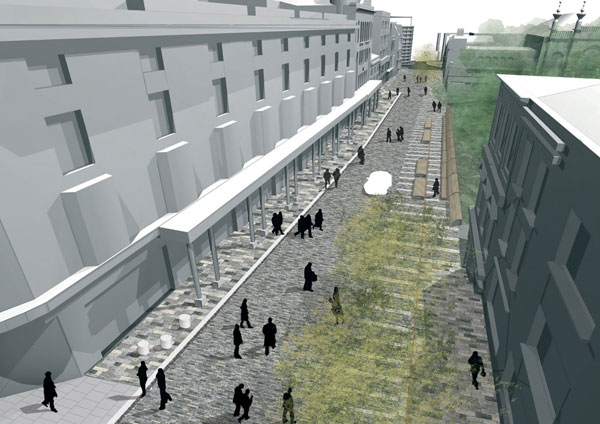
New Road, Brighton, design by Gehl Architects. © Gehl Architects
A New Type of Street Space
The most significant project to emerge from the study is New Road. Lying in the heart of Brighton’s Cultural Mile, New Road had become a rundown back alley dominated by the needs of vehicles rather than people. Despite its heritage and numerous cultural institutions, it was failing to attract small businesses and visitors and not meeting the needs of locals. However, the street was ideally located, and Brighton and Hove City Council knew something had to be done, originally coming up with the idea to close the street to all vehicular traffic. More Related Articles:
- Top 10 Pedestrian Bridges
- The ChonGae Canal Turns an Auto-Centric Zone into a Pedestrian Haven
- Pedestrianized Landscapes Embracing The People
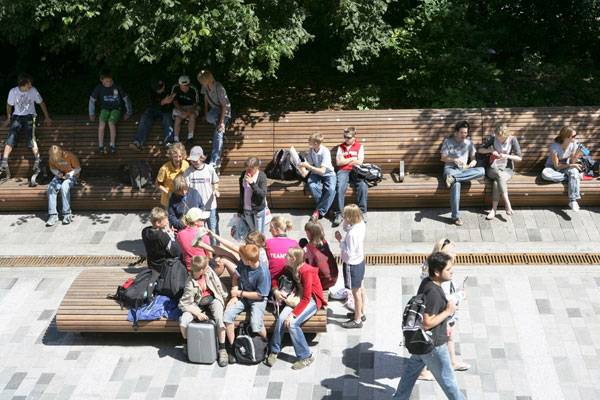
New Road, Brighton, design by Gehl Architects. © Gehl Architects
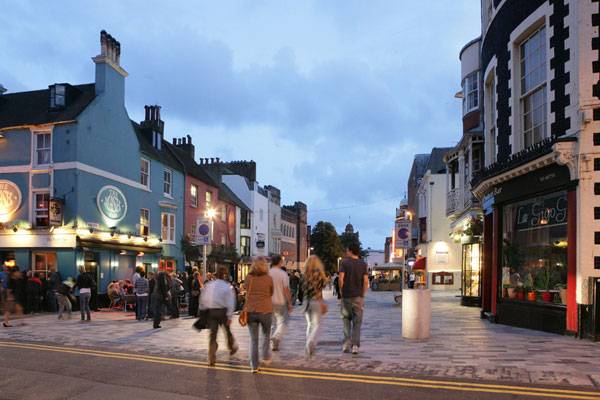
New Road, Brighton, design by Gehl Architects. © Gehl Architects
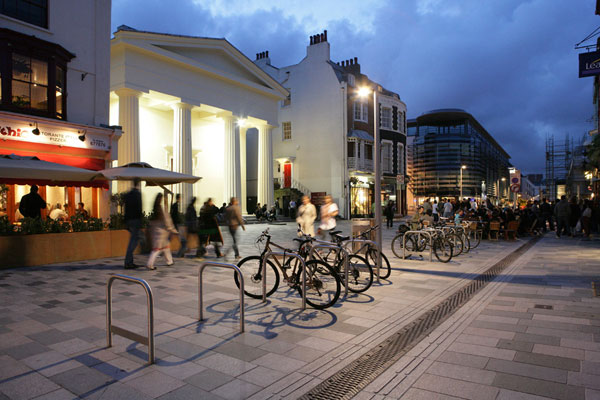
New Road, Brighton, design by Gehl Architects. © Gehl Architects
Movement Survey Shows Obvious Success
Through the use of bespoke paving, seating, and lighting, New Road now invites people into the space, makes interaction possible, and has completely changed the dynamic of the street. Locals have embraced the space, while it also attracts visitors and has quickly become one of the most popular streets in the city.
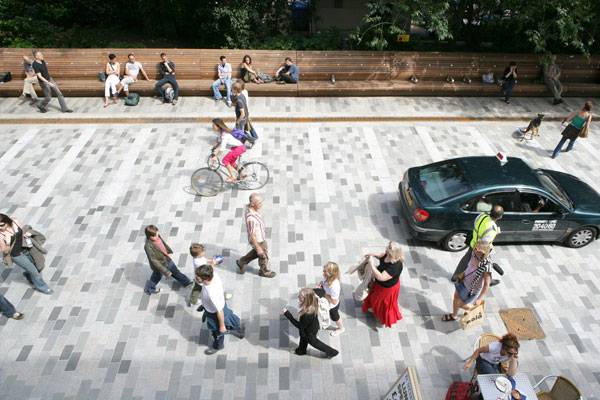
New Road, Brighton, design by Gehl Architects. © Gehl Architects

What a transformation – From Old road to “New Road”, Brighton, design by Gehl Architects. © Gehl Architects
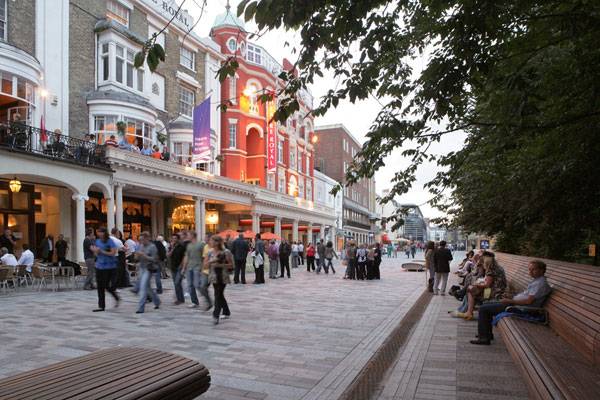
New Road, Brighton, design by Gehl Architects. © Gehl Architects
Full Project Credits For New Road
Project Name: New Road, Brighton, UK Location: Brighton, England Landscape Architect: Landscape Projects Architects: Gehl Architects Engineer: Martin Stockley Associates Client: Brighton and Hove City Council Commenced: Autumn 2005 Completed: Summer 2007 Budget: £1.75 million Awards: Landscape Institute Award, Civic Trust’s Special Award, National Transport Award for Urban Design, and Exemplary Best Practice for English Partnership’s 2013 Urban Design Compendium Website: www.gehlarchitects.com Website: www.landscapeprojects.co.uk Recommended Reading:
- Urban Design by Alex Krieger
- The Urban Design Handbook: Techniques and Working Methods (Second Edition) by Urban Design Associates
Article by Taylor Stapleton Return to Homepage
Published in Blog


